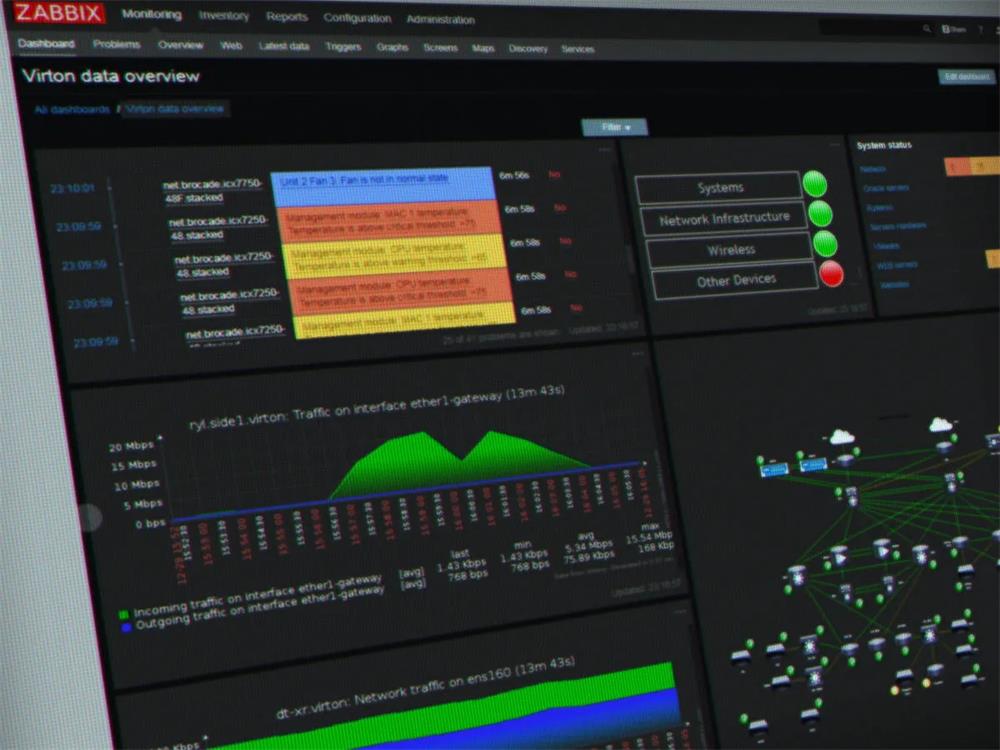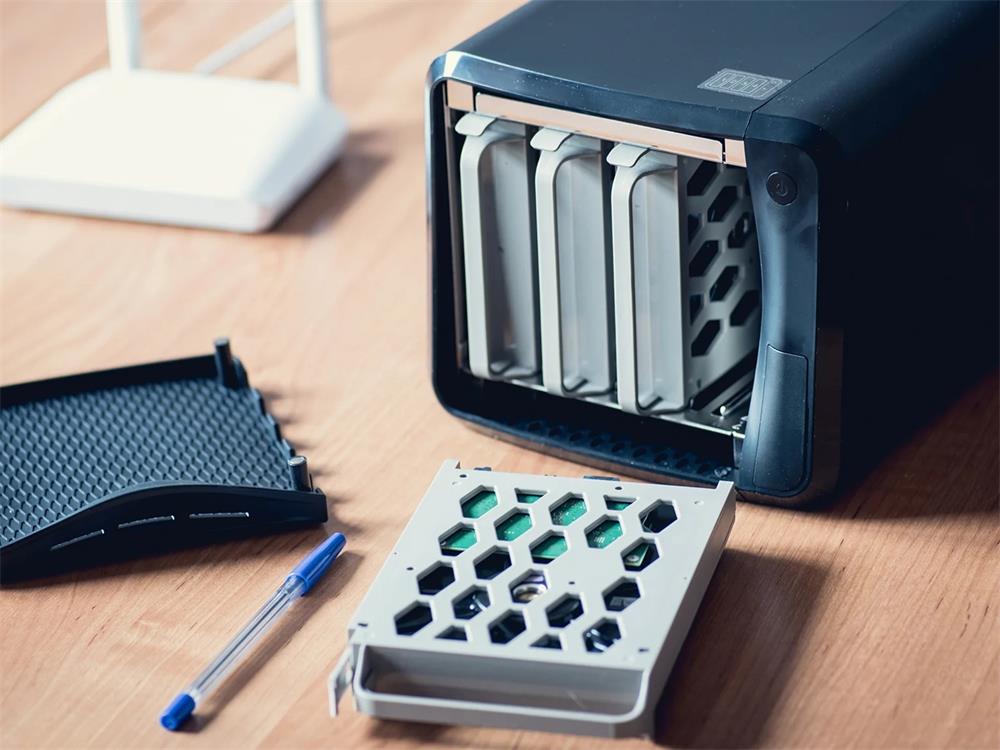Contents
Network monitoring is a vital task for any IT professional who wants to ensure the availability, performance, and security of their network infrastructure. However, with so many network monitoring tools on the market, how do you choose the best one for your needs and budget?
In this article, we will review some of the best network monitoring tools for 2023, based on their features, ease of use, scalability, and customer reviews. We will also highlight the pros and cons of each tool, so you can make an informed decision.
SolarWinds Network Performance Monitor (NPM)
SolarWinds NPM is a comprehensive network monitoring software that can monitor SNMP devices, switches, servers, routers, firewalls, virtual machines, cloud services, and more. It can also perform network discovery, mapping, alerting, reporting, and troubleshooting.
Some of the key features of SolarWinds NPM are:
- NetPath: A feature that allows you to visualize the performance and status of every hop and node along the network path from source to destination.
- PerfStack: A feature that allows you to correlate data from multiple sources and create custom dashboards and charts.
- Network Insight: A feature that provides in-depth monitoring and management for specific devices and technologies, such as Cisco Nexus switches, F5 BIG-IP load balancers, Cisco ASA firewalls, etc.
- Orion Platform: A common platform that integrates with other SolarWinds products and third-party tools for enhanced functionality and scalability.
Pros:
- Easy to install and configure
- Supports a wide range of devices and technologies
- Provides detailed and customizable network performance data
- Offers advanced network troubleshooting and root cause analysis tools
- Has a 30-day free trial
Cons:
- Sensor-based licensing can be expensive for large networks
- Requires a dedicated on-premises server
- Can be overwhelming for beginners due to its complexity and feature set
Auvik
Auvik is a cloud-based network monitoring and management software that can monitor SNMP devices, switches, routers, firewalls, wireless access points, servers, printers, etc. It can also perform network discovery, mapping, alerting, reporting, configuration backup and restore, remote access, and more.
Some of the key features of Auvik are:
- Automated network discovery and mapping: A feature that allows you to discover and map your entire network topology in minutes.
- Configuration management: A feature that allows you to backup and restore device configurations, compare versions, audit changes, and enforce standards.
- Traffic analysis: A feature that allows you to monitor network traffic flows by application, protocol, source, destination, etc.
- Remote access: A feature that allows you to securely access any device on your network from anywhere using a web browser.
Pros:
- Cloud-based and easy to deploy
- Supports a wide range of devices and vendors
- Provides real-time and historical network performance data
- Offers configuration management and remote access capabilities
- Has a 14-day free trial
Cons:
- Device-based licensing can be costly for large networks
- Does not support virtualization or cloud monitoring
- Can have some issues with the accuracy and reliability of network maps
Datadog Network Monitoring
Datadog Network Monitoring is a cloud-based network monitoring software that can monitor network traffic flows between hosts, containers,
services, applications, etc. It can also perform network discovery,
alerting,
reporting,
and troubleshooting.
Some of the key features of Datadog Network Monitoring are:
- Network Performance Monitoring (NPM): A feature that allows you to collect and analyze network traffic data using eBPF (extended Berkeley Packet Filter) technology.
- Service Map: A feature that allows you to visualize the dependencies and communication patterns between your services and applications.
- Live Processes: A feature that allows you to monitor the processes running on your hosts and containers.
- Integrations: A feature that allows you to integrate with other Datadog products and third-party tools for enhanced functionality and visibility.
Pros:
- Cloud-based and easy to set up
- Supports a wide range of environments and technologies
- Provides granular and actionable network traffic data
- Offers service-oriented network monitoring and troubleshooting
- Has a 14-day free trial
Cons:
- Host-based licensing can be expensive for large networks
- Does not support SNMP or device-level monitoring
- Can have some limitations with eBPF compatibility
Conclusion
Network monitoring is a crucial task for any IT professional who wants to ensure the availability, performance, and security of their network infrastructure. However, choosing the best network monitoring tool can be challenging, as there are many factors to consider, such as features, ease of use, scalability, and cost.
In this article, we reviewed some of the best network monitoring tools for 2023, based on their features, ease of use, scalability, and customer reviews. We also highlighted the pros and cons of each tool, so you can make an informed decision.
We hope this article helped you find the best network monitoring tool for your needs and budget. If you have any questions or feedback, please let us know in the comments below. Thank you for reading! ?










